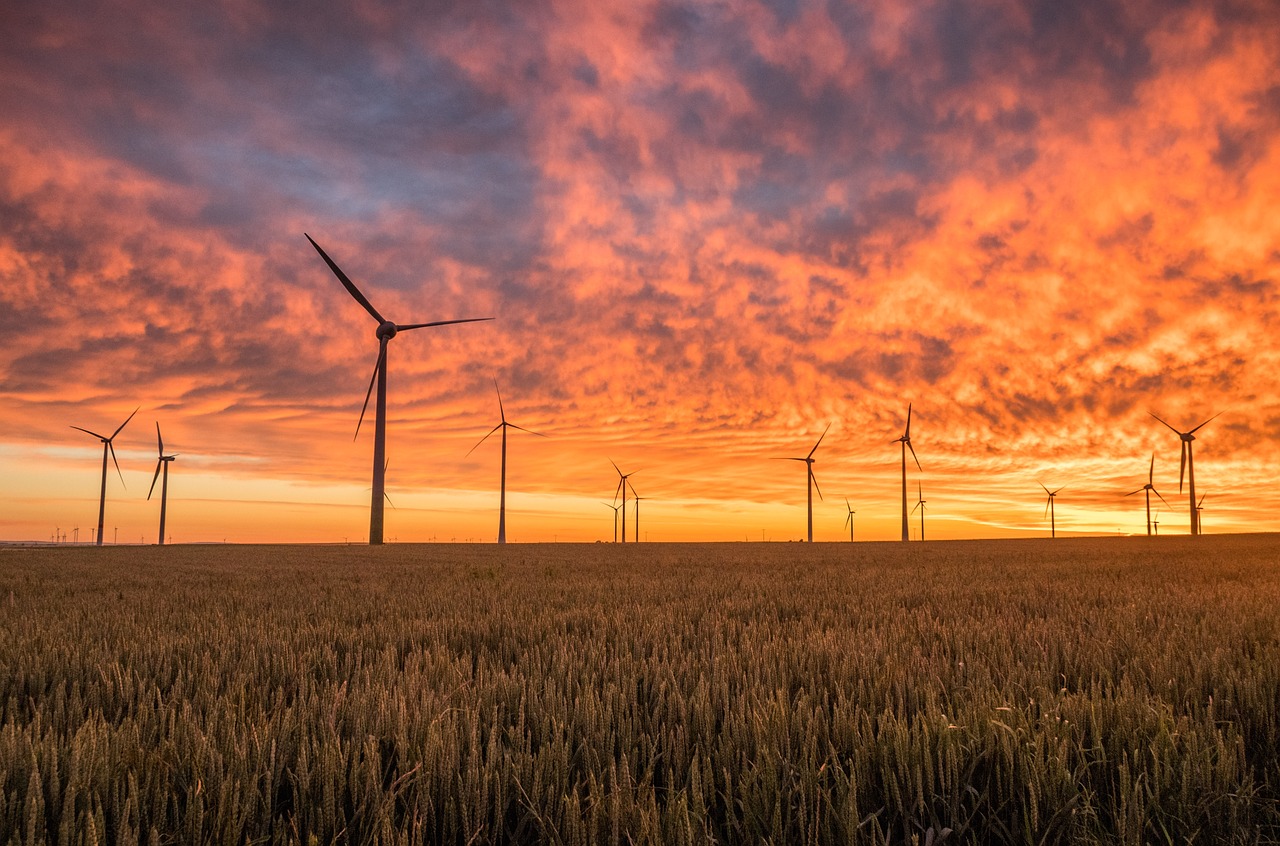As a society, we are becoming increasingly aware of the negative impact of our energy consumption on the environment. The burning of fossil fuels, such as coal and oil, to produce electricity releases harmful pollutants into the air, contributing to climate change, air pollution, and other environmental issues. Fortunately, there is a solution: clean energy.
Clean energy refers to renewable sources of energy that are environmentally friendly and sustainable. These sources of energy include solar, wind, hydro, and geothermal power. By switching to clean energy, we can reduce our reliance on fossil fuels, reduce pollution, and save money in the long run.
In this article, we will explore the benefits of clean energy and how you can make the switch to a cleaner, more sustainable energy source.
Table of Contents
ToggleThe Benefits of Clean Energy
- Reduces Pollution
The burning of fossil fuels for energy production releases a variety of pollutants into the air, including carbon dioxide, sulfur dioxide, and nitrogen oxides. These pollutants contribute to climate change, smog, and acid rain, which can have serious health impacts on humans and wildlife. By using clean energy sources, we can significantly reduce the amount of pollution in the air and improve air quality.
- Saves Money
While the initial cost of installing clean energy systems may be higher than traditional energy sources, in the long run, clean energy is much more cost-effective. Once installed, solar panels, wind turbines, and other clean energy systems generate electricity with little to no ongoing costs. In addition, many governments and utility companies offer incentives and rebates to encourage the use of clean energy.
- Reduces Dependence on Fossil Fuels
Fossil fuels are a finite resource and are becoming increasingly expensive to extract. By switching to clean energy, we can reduce our dependence on fossil fuels and create a more sustainable energy future.
How to Switch to Clean Energy
- Install Solar Panels
Solar panels are a popular form of clean energy and are becoming more affordable every year. By installing solar panels on your roof, you can generate your own electricity and reduce your reliance on the grid. Many states offer incentives and rebates for installing solar panels, so be sure to research what programs are available in your area.
- Install a Wind Turbine
If you live in a windy area, installing a wind turbine can be a great way to generate clean energy. Like solar panels, wind turbines can be expensive to install but can save you money in the long run. In addition, many states offer incentives and rebates for installing wind turbines.
- Use Renewable Energy Credits
If you are unable to install clean energy systems on your property, you can still support the use of clean energy by purchasing renewable energy credits (RECs). RECs represent the environmental and social benefits of one megawatt-hour of clean energy generated from a renewable source. By purchasing RECs, you are supporting the development of clean energy projects and reducing the demand for fossil fuels.
- Choose a Green Energy Plan
Many utility companies now offer green energy plans that allow customers to purchase clean energy from renewable sources. By choosing a green energy plan, you can support the development of clean energy and reduce your carbon footprint without installing any equipment.
Conclusion
Switching to clean energy is an important step in creating a more sustainable future. By reducing pollution, saving money, and reducing our dependence on fossil fuels, clean energy can benefit both the environment and our wallets. If you are interested in making the switch to clean energy, be sure to research the options available in your area and consider reaching out to a local clean energy provider for more information.







